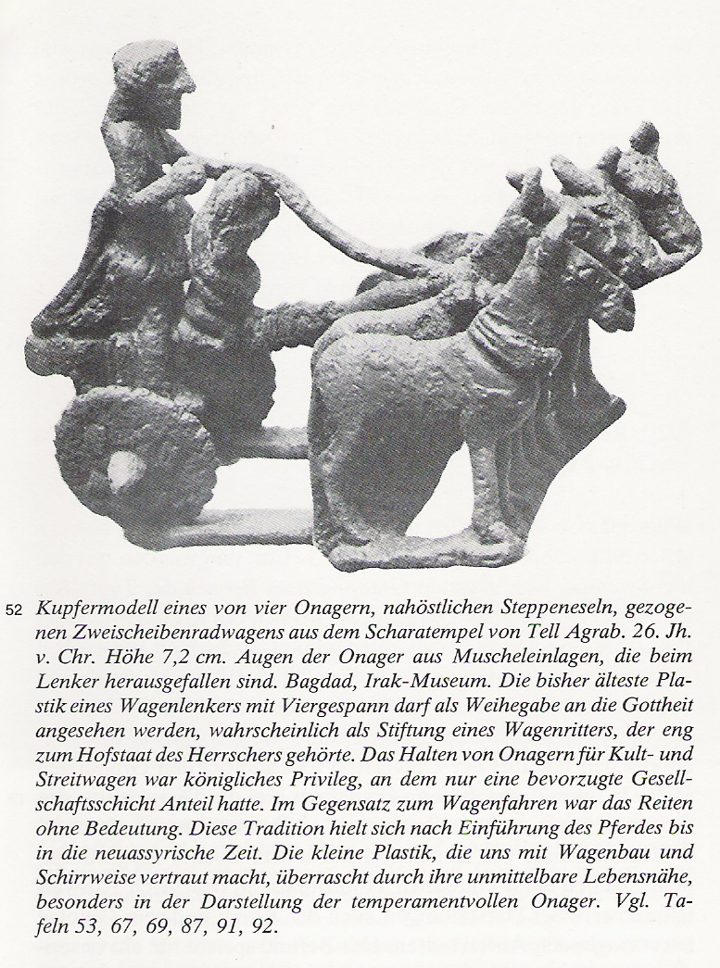 XXII: Emotional & cult object
XXII: Emotional & cult object
content
Processions
Models of donors
Devotional figures and votive objects
Wax pictures of defuncts: Cerae
Religious fetishes – sexual fetishes – commodity fetishism
Processions
We know that in Antiquity during processions in addition to oblations, cult objects and large figures of animals were brought to the temple. Otto Benndorf (1902) describes how “models of cities, fortresses, ships and besiegment machines” wer transported by vehicles or biers in triumphal processions in Old Rome.
Models of donors
A historico-cultural curiosity are “models of donors” (Stiftermodelle; see Julius von Schlosser 1891; Otto Benndorf 1902; Dirk Kocks 1971). We find at least 100 exemplars form the times of the Roman Empire to 1600. First they are preserved on bronze coins (neocorate): A town-goddess holds a model of a temple in her hands. Since 500 AD bishops and popes, later kings, hold a model of a building in their hands. The scenes are preserved on mosaics or frescoes, later in pictures or as sculptures.
The first architect holding a model is found on the tomb plate of Hugo Libergier in the cathetral of Reims (1266). After 1300 this kind of models became more realistic.
bibliography:
Neokorie-Tempel und Stiftermodelle
Devotional figures and votive objects
The use of emotional or cult objects seems to be very old. Already the female statuettes of the Stone Age could be interpreted as votive or consecration figures.

Jean-Claude Margueron: Mesopotamien. Genf: Nagel 1970; München: Heyne paperback 1978, 97: copper model of a chariot pulled by four onager (Asian Wild Ass), 26th century BC, probably a donation of a chevalier at the court, a votive offering to the God.
Votives were definitely used in Antiquity, but almost none have been preserved (Manfred Skopec, 2002, 47). Only some devotional medals of early Christianity have been found in the catacombs of Rome.
In a case for the child of the Queen of the Lombards (around 600) there was found a relic of the True Cross to wear around the neck.
Devotional objects are used frequently as remembrance objects of visits to holy places or buildings (see also “Devotional Objects and Images” in: Encyclopedia of World Art, 1965). In reverse votive objects are placed as signs of gratitude in an act of worship in sacred sites.
Since the first pilgrimage to Santiago de Compostela (950) the catholic church makes a cult out of votives made in wax (cerae), sometimes also called “boti” (Klaus Beitl, 1973; Reinhard Büll, 1978; Adolf Reinle, 1984). At least in the 12th century a general practice developed at well-known places of pilgrimage, of casting tokens in lead or other metals, serving the pilgrim as a souvenir, stimulus to devotion and attest that he had visited the place. These “signacula” (enseignes), known in English as "pilgrims' signs", were carried upon the hat or breast.
The Gothic picture prints were devotion pictures using woodcut technology. Other devotional objects are madonnas and cribs, rosaries and candles, cups and ziborien, etc.
bibliography:
model: special topics - Wachsbildnerei/ medizinische Modelle
model: special topics – Plastiken und Votivbilder
Wax pictures of defuncts: cerae and effigies
For all kind of wax pictures Romans often used “cerae” (Julius von Schlosser 1911; Reinhard Büll, Ernst Moser 1974; Charlotte Angeletti 1980; Lexikon der Kunst 1987-94). With wax castings of the heads of defuncts (effigies) they practiced a real funeral pomp. At the funerals of Roman Emperors, which lasted sometimes several days, sumptuously dressed wax models of the deceased were shown instead of the corpse (Manfred Skopec, 2002, 49).
In his habilitation treatise on "portrait and custom“ Wolfgang Brückner (1966) described the magic use of effigies in funeral rites and picture magic (rape, execution) in use from about 1300 to 1800.
bibliography:
model: special topics - Wachsbildnerei/ medizinische Modelle
Religious fetishes – sexual fetishes – commodity fetishism
Calvinist Isaac de la Peyrère proposed 1655 a theory of pre-adamites claiming for he first time that there have lived humans many thousand years before Adam, and being the ancestors of the indians.
Around 1650 pioneering ethnologists discovered shamanism and religious fetishism. Johannes Gerhard Scheffer (1673) described for the first time the shamanism of the Lapponians, Olfert Dapper (1668) described among other things the religious fetishism of African people. Nearly a century later Charles de Brosses (1760) used the description of African fetisihism as a critic of the catholicism of his time.
Only some years later Nicolas-Edme Restif de LaBretonne published his novel "Le pied de Fanchette" (1769) which marked the start of sexual fetishism in literature.
Karl Marx was inspired by the German translation of Charles de Brosses’ book, by the critics of religion by Ludwig Feuerbach (1841) and by the chapter on fetishism in Auguste Comte’s big oeuvre on sociology (1841). In his famous "Capital" (1867) he developed the idea of the "fetishism of commodities".
Since then a continuous growing wave of publications on fetishism arose, mainly written by medecins, anthropologists and philosophers. Another wave dealt with the objects of fetishism.
There are many different definitions of fetishism. With respect to the perspective of model, we can say, that most fetish objects are originals, e .g. parts of the human body or hair, accessories and clothings, textiles or consumer goods or money. But as the sitter and the mannequin or swatches and samples in most cases fetishes stand for another thing.
bibliography:
 Dr. phil. Roland Müller, Switzerland / Copyright © by Mueller Science 2001-2016 / All rights reserved
Dr. phil. Roland Müller, Switzerland / Copyright © by Mueller Science 2001-2016 / All rights reserved
Webmaster by best4web.ch